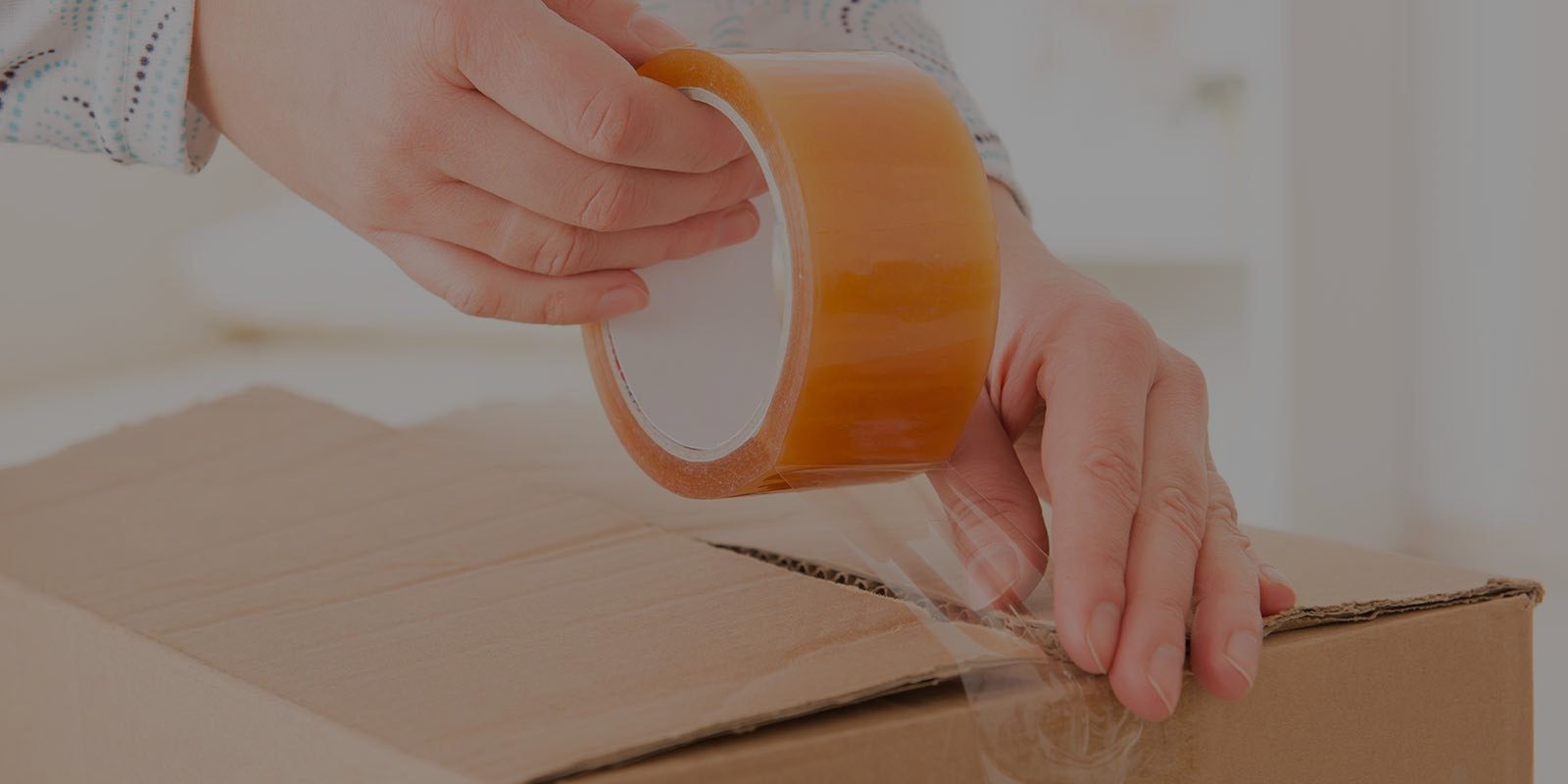Preserve Sofa Chic: Essential Tips for Long-Term Storage
Posted on 17/05/2025
Preserve Sofa Chic: Essential Tips for Long-Term Storage
Whether you're moving homes, renovating, or simply trying to preserve the elegance of your sofa for future use, understanding the right techniques for long-term sofa storage is essential. Sofas are an investment in comfort and style, and safeguarding their appearance can often feel challenging. Fortunately, with the correct methods and some careful planning, you can effortlessly maintain your sofa's chic look even when it's tucked away for months--or even years. This comprehensive guide will walk you through tried-and-true ways to keep your sofa looking brand new during long-term storage.
Why Is Proper Sofa Storage Important?
Before diving into the specifics, consider why it's essential to store your sofa properly. Improper storage can result in a host of issues, including:
- Mold and mildew growth due to moisture accumulation
- Fabric discoloration from exposure to sunlight or chemicals
- Structural damage such as broken frames or sagging cushions
- Pest infestations such as moths or rodents
- Unpleasant odors building up over time
By using the best sofa preservation techniques, not only do you protect the value of your investment, but you also save yourself the hassle and expense of repairs or premature replacement.

Step-by-Step Guide to Long-Term Sofa Storage
1. Clean Your Sofa Thoroughly
Before considering storage, give your sofa a deep clean. Dust, debris, and lingering stains can worsen over time, accelerating wear and tearing. Here's how to prep your sofa:
- Vacuum all cushions, seams, and crevices to remove dust and crumbs.
- Spot-clean stains using mild fabric cleaners or a blend of water and vinegar for natural fabrics.
- Condition leather sofas with a proper leather conditioner to prevent cracking and drying out.
- Allow the sofa to air dry completely to prevent moisture-related damage.
2. Disassemble When Possible
If your sofa features removable legs, armrests, or cushions, take them apart. This minimizes the overall size and makes it easier to wrap and transport the sofa. Store all screws and small parts in labeled bags and keep them with the sofa to ease reassembly.
3. Protect Your Sofa with Proper Coverings
One of the best ways to preserve your sofa's chic look is by using adequate coverings. Avoid plastic covers, as they can trap moisture and encourage mold growth. Instead:
- Use furniture pads, moving blankets, or a breathable cotton sheet to cover the sofa.
- Ensure the covering is secure yet loose-fitting--tight covers can cause fabric impressions over time.
- For leather sofas, use only covers designed to let leather "breathe."
4. Choose the Right Storage Space
The environment where you store your sofa is a significant factor in long-term preservation. Here's what to look for:
- Climate-controlled storage units keep humidity and temperature at optimal levels, reducing the risk of warping and mold.
- Avoid basements, garages, and attics unless they are well-ventilated and moisture-free.
- Elevate the sofa off the ground with pallets or wooden planks to prevent contact with potential dampness or floods.
5. Maintain Air Circulation
Good ventilation prevents moisture buildup. Place desiccant packs or silica gel beneath the sofa and check them periodically to keep humidity levels in check.
6. Avoid Direct Sunlight and Heat Sources
Sun exposure may cause fading and weaken upholstery fabric, while heat can dry out leather and adhesives. Choose a cool, shaded spot away from windows, radiators, or air vents.
7. Prevent Pest Intrusion
Pests like rodents and insects may be drawn to the warmth and cushioning of your sofa. To safeguard your furniture storage:
- Keep the storage zone clean and free of food debris.
- Set up sealed containers of natural deterrents like cedar chips or lavender sachets.
- Inspect the area regularly for signs of pests and address immediately if noticed.
8. Store Cushions Separately
If possible, remove and store cushions upright--not flat--to preserve their shape. Use breathable bags or covers and place them atop the sofa or on a separate shelf.
9. Regular Checks and Maintenance
Even when your sofa is in long-term storage, performing periodic inspections helps catch potential issues early. Check for:
- Signs of mold, moisture, or condensation on surfaces
- New or worsening odors
- Pests or insect activity
- Covering shifting or coming off due to movement or airflow
If possible, air out the storage space occasionally by briefly removing coverings and opening any available vents.
Common Mistakes to Avoid When Storing Sofas Long-Term
Even the most diligent planner can overlook certain pitfalls in furniture storage. Here are some missteps to avoid:
- Using airtight plastic covers--These can trap humidity and encourage mold growth.
- Storing items on top of the sofa--This compresses the filling and deforms cushions or frames.
- Skipping the cleaning step--Active stains and crumbs attract pests and odors.
- Omitting a soft, padded covering--Moving blankets or cotton sheets prevent scratches and fabric damage during transport and storage.
- Neglecting to check the sofa periodically--Small problems turn into unfixable damage if unnoticed for too long.
Best Practices for Storing Different Types of Sofas
Fabric Upholstered Sofas
Fabric sofas need extra attention to moisture and pests. Apply a fabric protector spray before storing, and ensure coverings are soft and breathable. Store in a dry, ventilated area, and avoid plastic at all costs.
Leather Sofas
Leather requires special care due to its susceptibility to drying and cracking:
- Clean and condition thoroughly before wrapping.
- Never use airtight or non-breathable covers; use only those designed for leather.
- Maintain a moderate, consistent temperature in storage and avoid heat sources.
Convertible or Sectional Sofas
Sectionals should be disassembled as much as possible. Label each section for easy reassembly and ensure connectors are stored safely. Store sections upright to prevent distortion.
How Long Can You Store a Sofa and Still Retain Its Chic Style?
With proper preparation and climate control, a sofa can be stored for several months--or even years--without major degradation. However, the key to preserving sofa chic during prolonged storage is periodic checks and environmental control.
Factors influencing sofa longevity in storage include:
- Storage environment: Dry, cool, and clean spaces are best.
- Material type: Leather and delicate fabrics require more care than synthetics.
- Preparation: A thoroughly cleaned, conditioned sofa lasts longer.
- Pest control: Prevent infestations before they start.
Bonus: Quick Tips for Moving Your Sofa Into Storage
- Measure both the sofa and storage area to ensure a good fit.
- Use furniture sliders or dollies to minimize strain and prevent floor scratches.
- Wrap corners and arms with padding to avoid chipping or tearing during transit.
- Enlist help--a heavy sofa is best moved with friends or professional movers.
Frequently Asked Questions About Long-Term Sofa Storage
1. Is it safe to store a sofa in a garage?
Garages usually lack temperature and humidity control, making them less ideal for long-term sofa storage. If a garage is the only option, invest in moisture barriers and elevate the sofa to avoid dampness.
2. How do I prevent odors on a sofa in storage?
Clean and dry thoroughly before storing. Add baking soda packets or activated charcoal near the sofa to absorb odors, and use fabric-freshening sprays if needed.
3. Can I stack boxes on my stored sofa?
No! Placing heavy objects on a stored sofa causes indents, deforms the stuffing, and may break frames. Always store it on its own with nothing on top.

Ensuring a Chic Return: Unwrapping and Restoring After Storage
After the storage period ends, take care when bringing your sofa back into your home:
- Unwrap coverings slowly to avoid snagging or tearing the fabric.
- Air out the sofa for a day to remove any lingering storage smells.
- Vacuum and spot-clean again to refresh the fabrics.
- If you notice waves or impressions in cushions, gently fluff or use a handheld steamer to restore their shape.
Within a short time, your stored sofa should regain its original chic style--clean, fresh, and ready for daily life once again.
Conclusion: Protect Your Sofa, Preserve Your Style
With these essential tips for long-term sofa storage, you can rest easy knowing that your favorite piece will remain a stylish centerpiece for years to come. From cleaning and conditioning to picking the perfect storage environment, following this comprehensive plan ensures your sofa endures the test of time, trends, and transitions.
Ready to preserve sofa chic? Make your next storage project a successful one by starting with these best practices--and welcome your beloved furniture back home as beautiful as ever.







